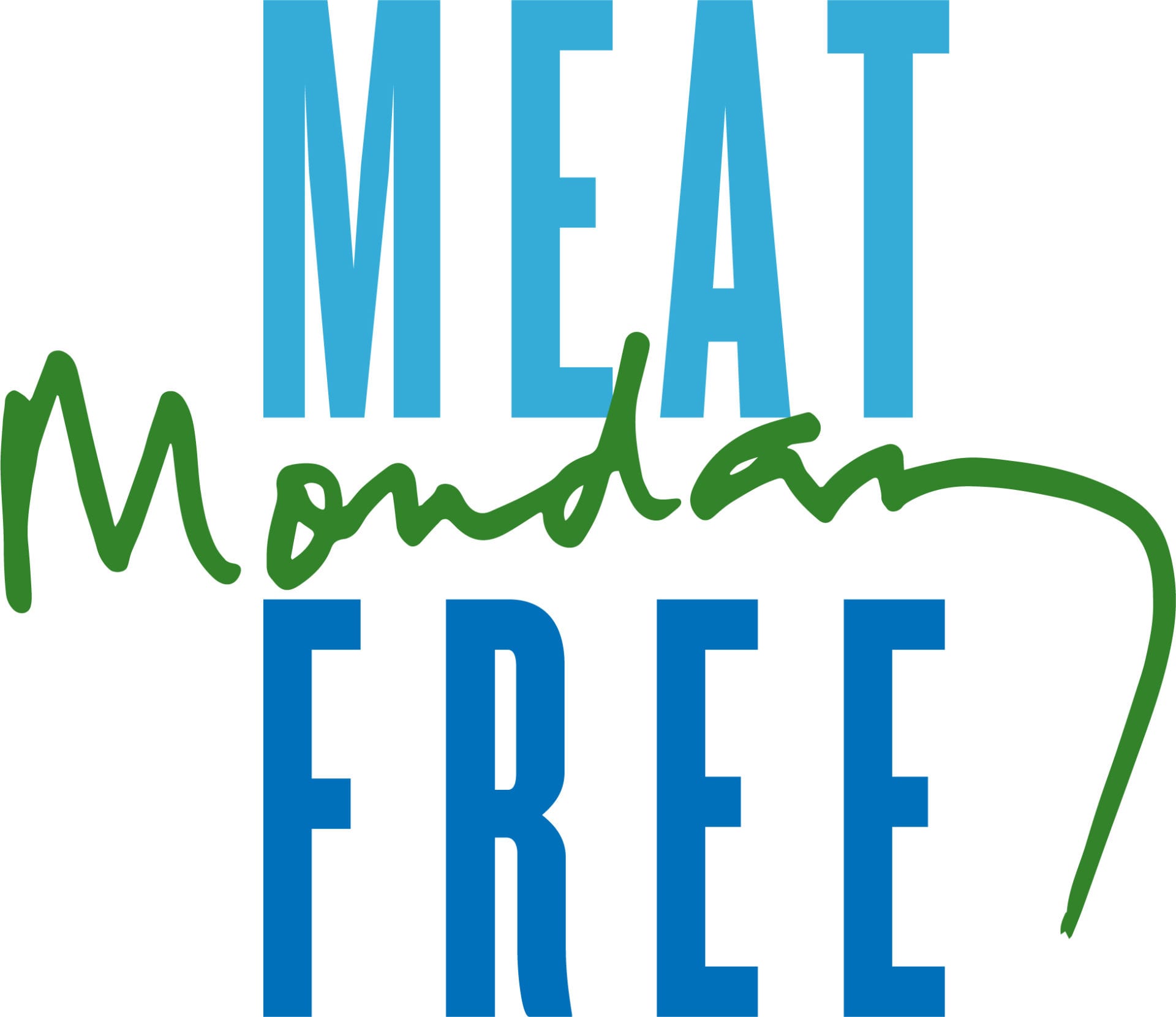If someone tries to tell you that white meat such as chicken is better for the environment than other kinds, don’t believe them. A new report reveals that, when it comes to land being stripped of vital habitats to grow food crops for animals, the humble chook is a major player. Put it another way: in environmental terms, chicken feed is far from chicken feed.
The report by conservation charity WWF makes it clear that the harmful greenhouse gases produced by livestock are just one negative aspect of the meat industry. Potentially even more destructive is the process by which livestock are fed, with hundreds of thousands of square miles of land given over to growing food crops for animals.
Industrial farming requires vast tracts for the cultivation of crops such as protein-rich soy, but creating farmland means the destroying existing habitats – and the species that depend on them. Vulnerable areas such as the Amazon, Congo Basin and the Himalayas are particularly at risk. Three-fifths of the global diversity destroyed is down to the way our food is grown, according to the WWF report, Appetite for Destruction. The UK’s food supply alone is directly linked to the extinction of an estimated 33 species at home and abroad, it says.
Launched last month at the Extinction and Livestock conference in London, in conjunction with Compassion in World Farming, the report makes it clear that poultry are the biggest offenders in terms of land given over to feed crops.
Chicken tends to escape most of the opprobrium when it comes to reporting stories about the environmental and health costs of meat, with most focus on the damage done by cows – last year, Denmark’s Council of Ethics recommended a climate tax on beef, which it called “inarguably the most destructive” food. However, the WWF report explains that most feed crops are grown for the planet’s 23 billion chickens, turkeys, geese, ducks and guinea fowl. Chicken is Britain’s favourite meat, with pork second.
Duncan Williamson, WWF food policy manager, said wildlife was being devastated because the world is consuming more animal protein than it needs. “A staggering 60 per cent of global biodiversity loss is down to the food we eat. We know a lot of people are aware that a meat-based diet has an impact on water and land, as well as causing greenhouse gas emissions, but few know the biggest issue of all comes from the crop-based feed the animals eat.”
Back in 2010, an area the size of Yorkshire was required by the British livestock industry to grow the soy used in animal feed, but if the world continues to raise animals in order to eat meat at its current rate, production of that crop would need to increase by 80%.
Because of the amount of protein fed to animals, meat and dairy-eating Britons now consume 64-88 g of protein a day – far more than the recommended 45-55 g set out by the nutritionists – more than a third of which is meat and meat products.
